- Have any questions?
- +86-189 8930 5995
- sales@mosinterchem.com.cn
Methyl red sodium salt CAS 845-10-3

ALIZARIN YELLOW R CAS 2243-76-7
21/12/2018
Sudan III CAS 85-86-9
21/12/2018| Model: | MOS 845-10-3 |
| Brand Name: | MOSINTER |
| CAS No.: | 845-10-3 |
| Molecular formula: | C15H15N3O2 |
| Molecular weight: | 269.3 |
| Boiling point: | 64.7 °C |
| Melting Point: | 178-182 °C |
| Density: | 0.791 |
| Flashing point: | 12 °C |
| Storage condition: | Store at RT. |
| Solubility: | H2O: soluble |
Methyl red sodium salt (CAS: 845-10-3)
| Item | Index |
| Appearance | Orange-red crystals |
| PH indication range | 4.5-6.2 |
| Water solubility test | Past test |
| Ethanol dissolution test | Past test |
| Residue on ignition (sulfate) % | 20.5-24 |
| By br0mine oxidation test | Past test |
Methyl red (2-(N,N-Dimethyl-4-aminophenyl)azobenzenecarboxylic acid), also called C.I.
Acid Red 2, is anindicator dye that turns red in acidic solutions. It is an azo dye, and is a dark red
crystalline powder. Methyl red is apH indicator; it is red in pH under 4.4, yellow in pH over 6.2,
and orange in between, with a pKa of 5.1. Murexide and methyl red are investigated as promising
enhancers of sonochemical destruction of chlorinated hydrocarbon pollutants.Methyl red is classed
by the IARC in group 3 – unclassified as to carcinogenic potential in humans.
Methyl red test
In microbiology, methyl red is used in the Methyl Red (MR) Test, used to identify bacteria producing
stable acids by mechanisms of mixed acid fermentation of glucose (cf. Voges–Proskauer (VP) test).
The methyl red test is the “M” portion of the four IMViC tests used to characterize enteric bacteria. The
methyl red test is used to identify enteric bacteria based on their pattern of glucose metabolism. All enterics
initially produce pyruvic acid from glucose metabolism. Some enteric subsequently use the mixed acid
pathway to metabolize pyruvic acid to other acids, such as lactic, acetic, and formic acids. These bacteria
are called methyl-red positive and include Escherichia coli and Proteus vulgaris. Other enterics subsequently
use the butylene glycol pathway to metabolize pyruvic acid to neutral end-products. These bacteria are
called methyl-red-negative and include Serratia marcescens and Enterobacter aerogenes.
Process
An isolate is inoculated into a tube with a sterile transfer loop. The tube is incubated at 35°C for 2–5 days.
After incubation, 2.5ml of the medium is transferred to another tube. Five drops of the pH indicator methyl
red is added to this tube. The tube is gently rolled between the palms of the hands to disperse the methyl red.
Expected results
Enterics that subsequently metabolize pyruvic acid to other acids lower the pH of the medium to 4.2. At this pH,
methyl red turns red. A red color represents a positive test. Enterics that subsequently metabolize pyruvic acid
to neutral end-products lower the pH of the medium to only 6.0. At this pH, methyl red is yellow. A yellow
color represents a negative test.
You must be logged in to post a review.

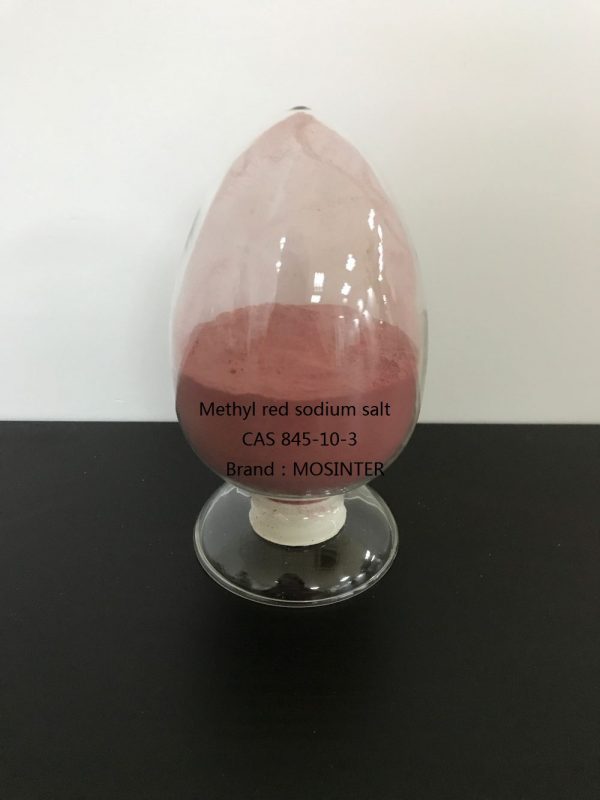
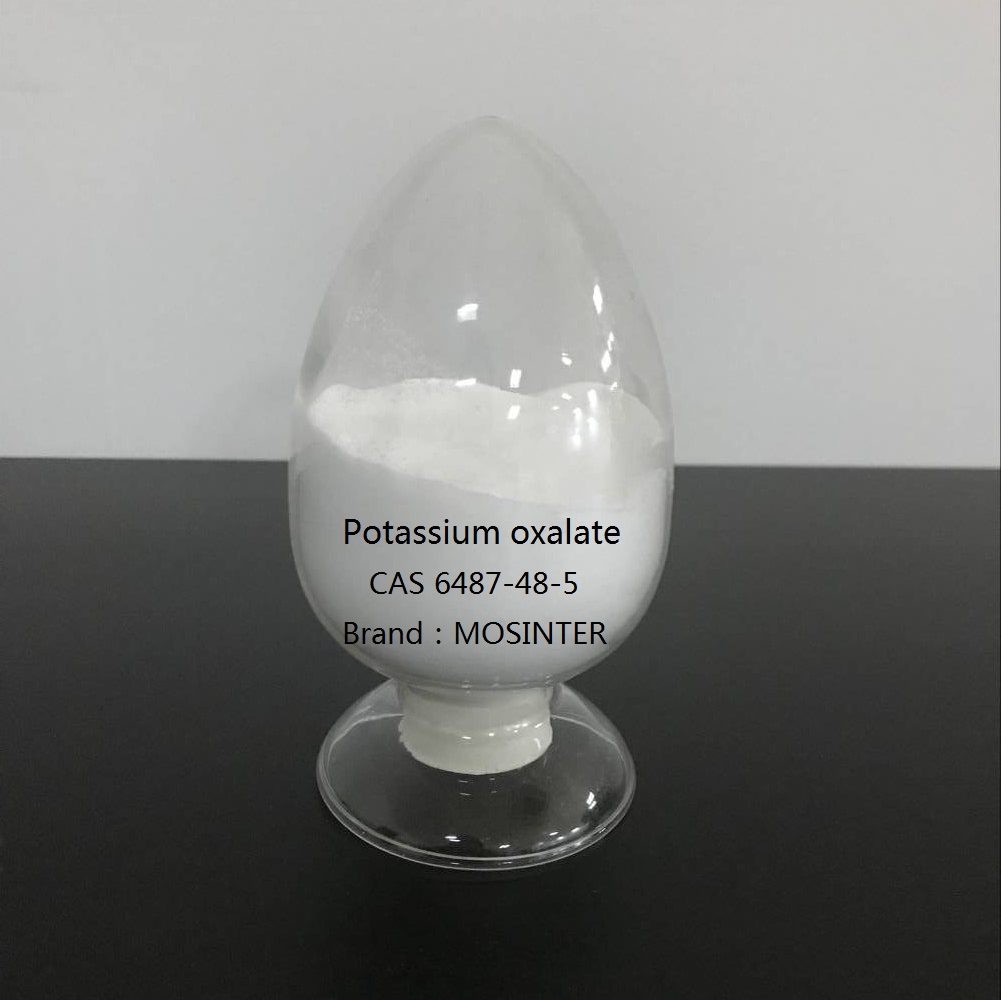
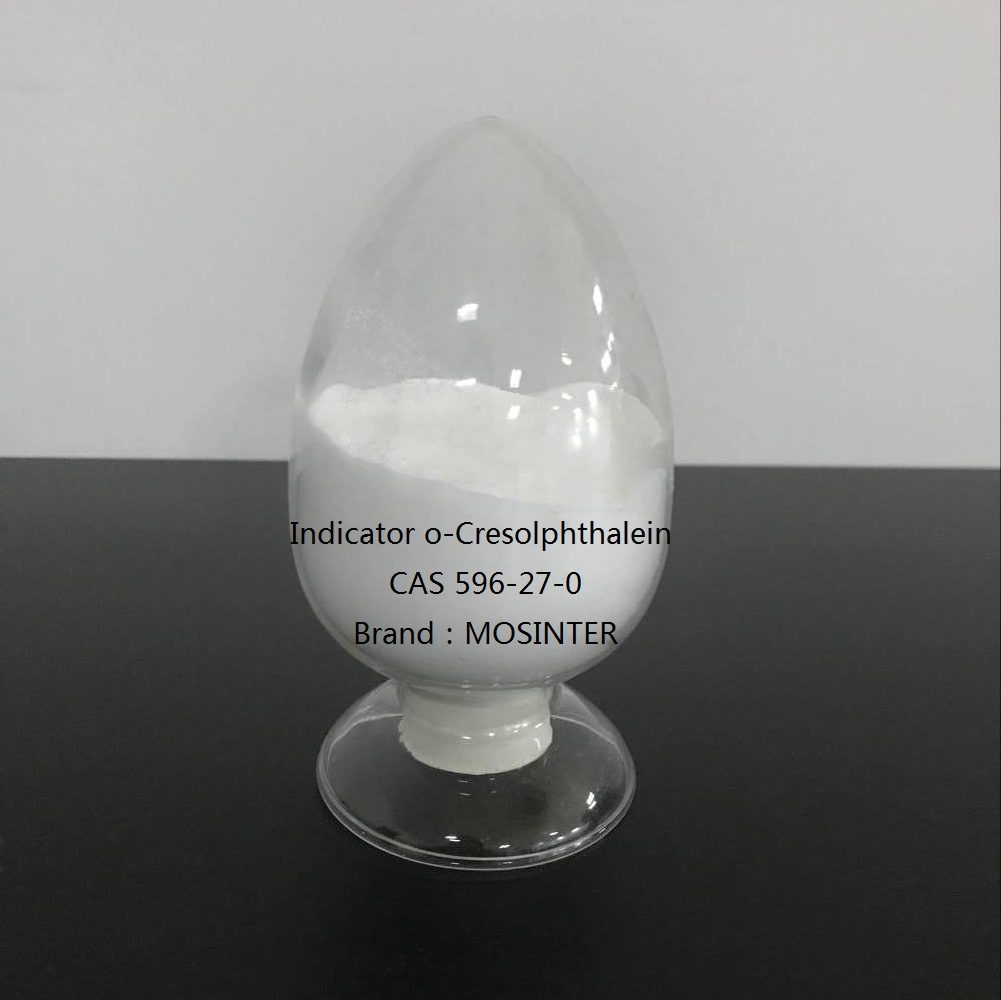
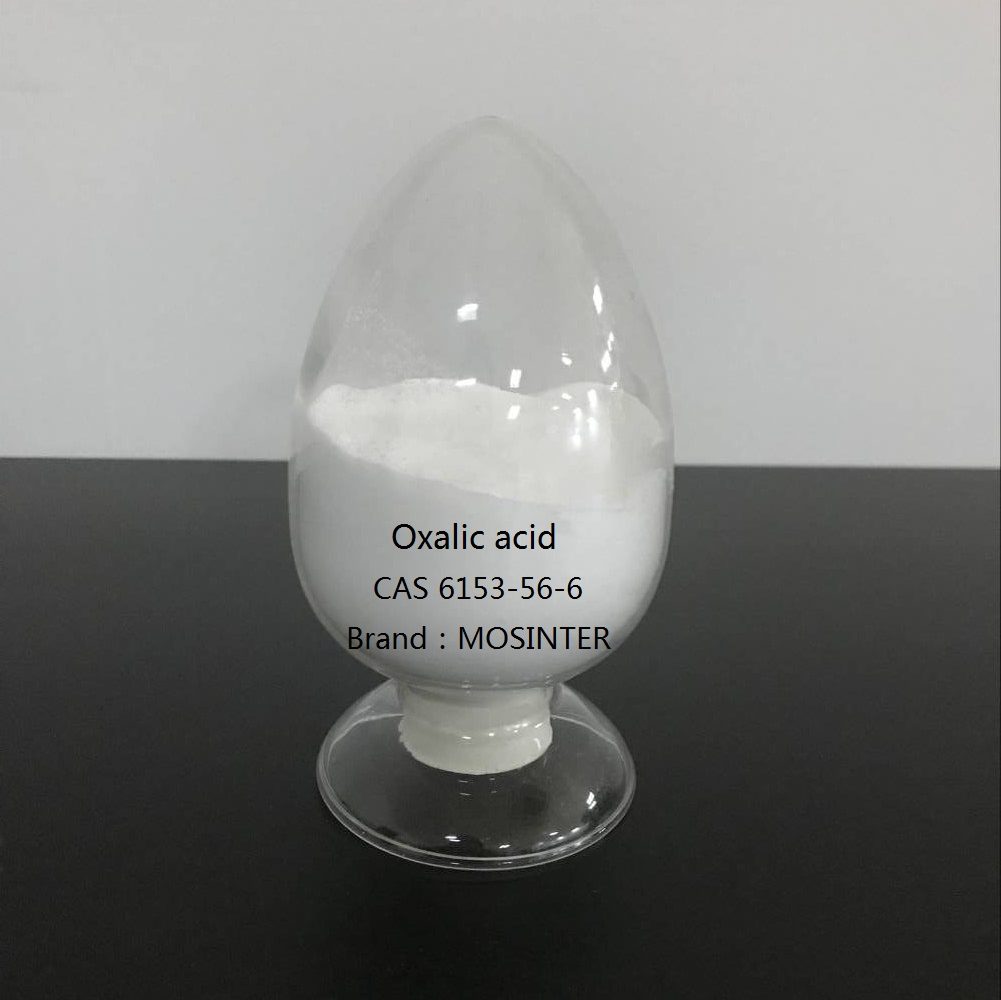
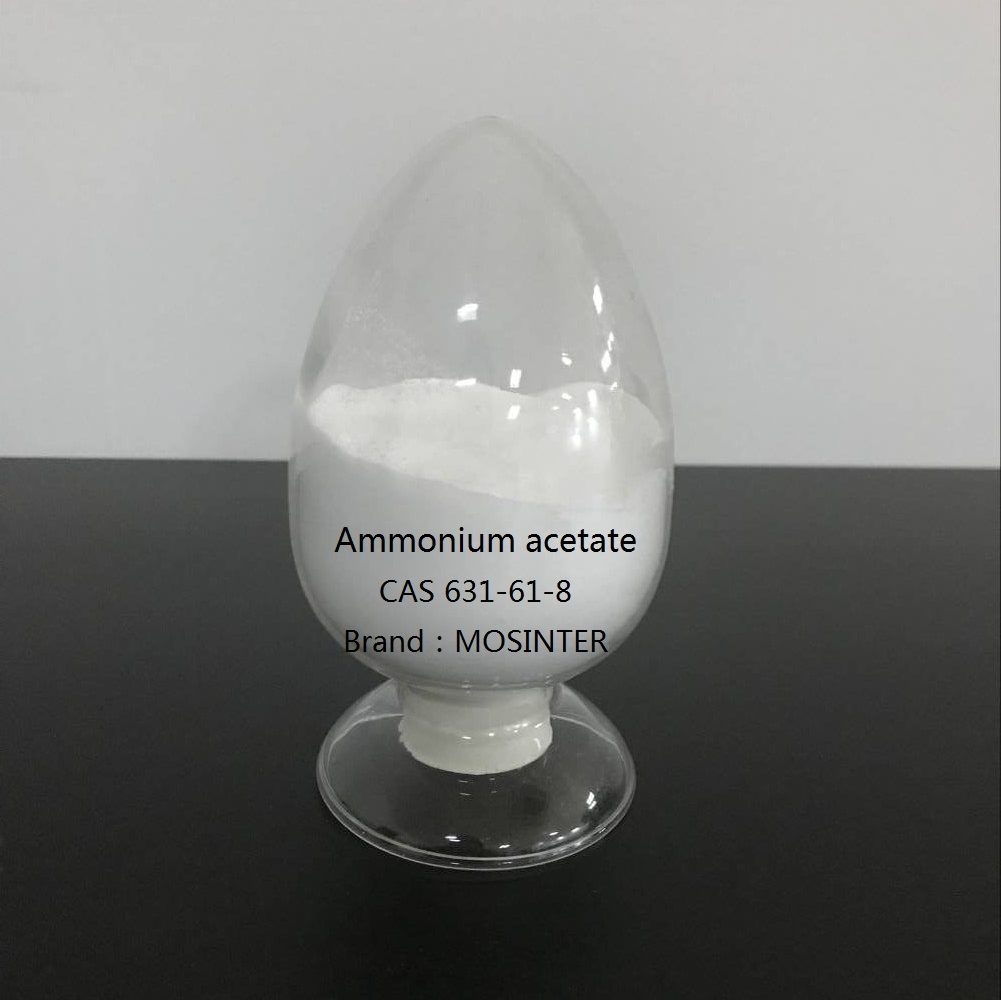
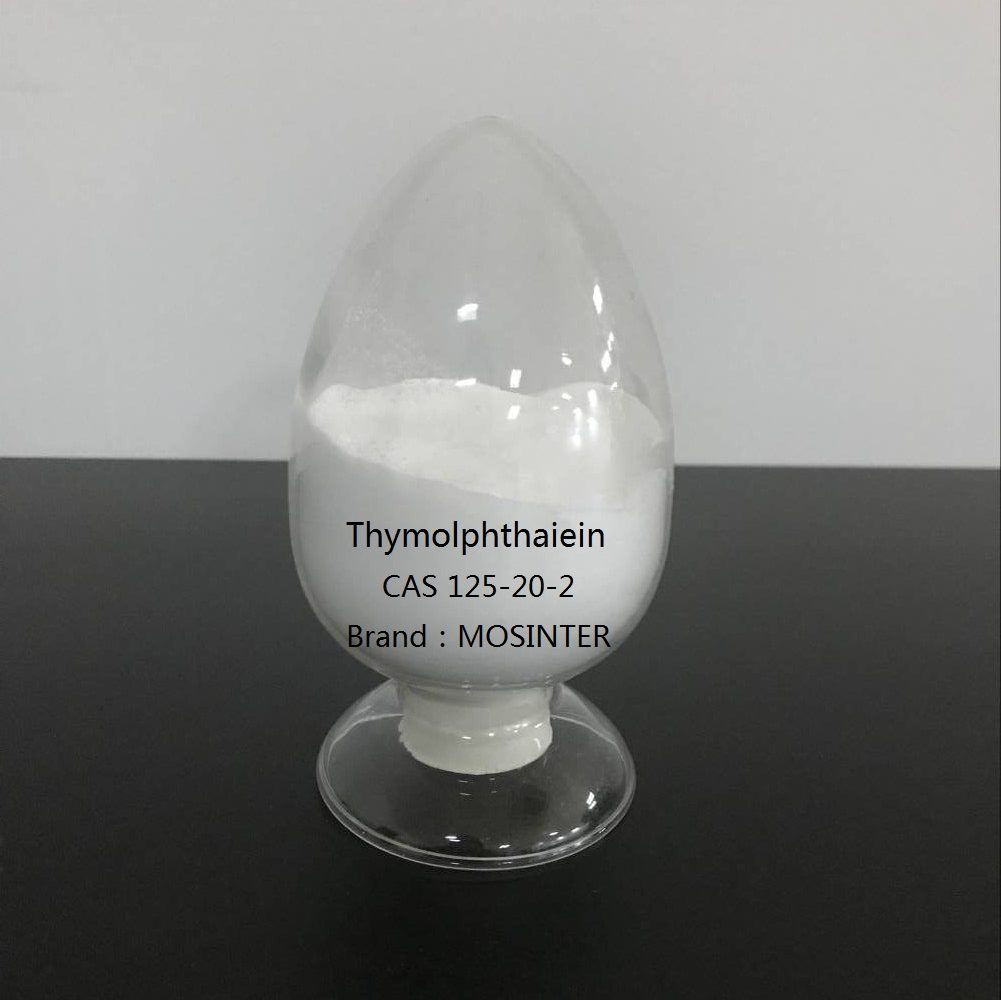
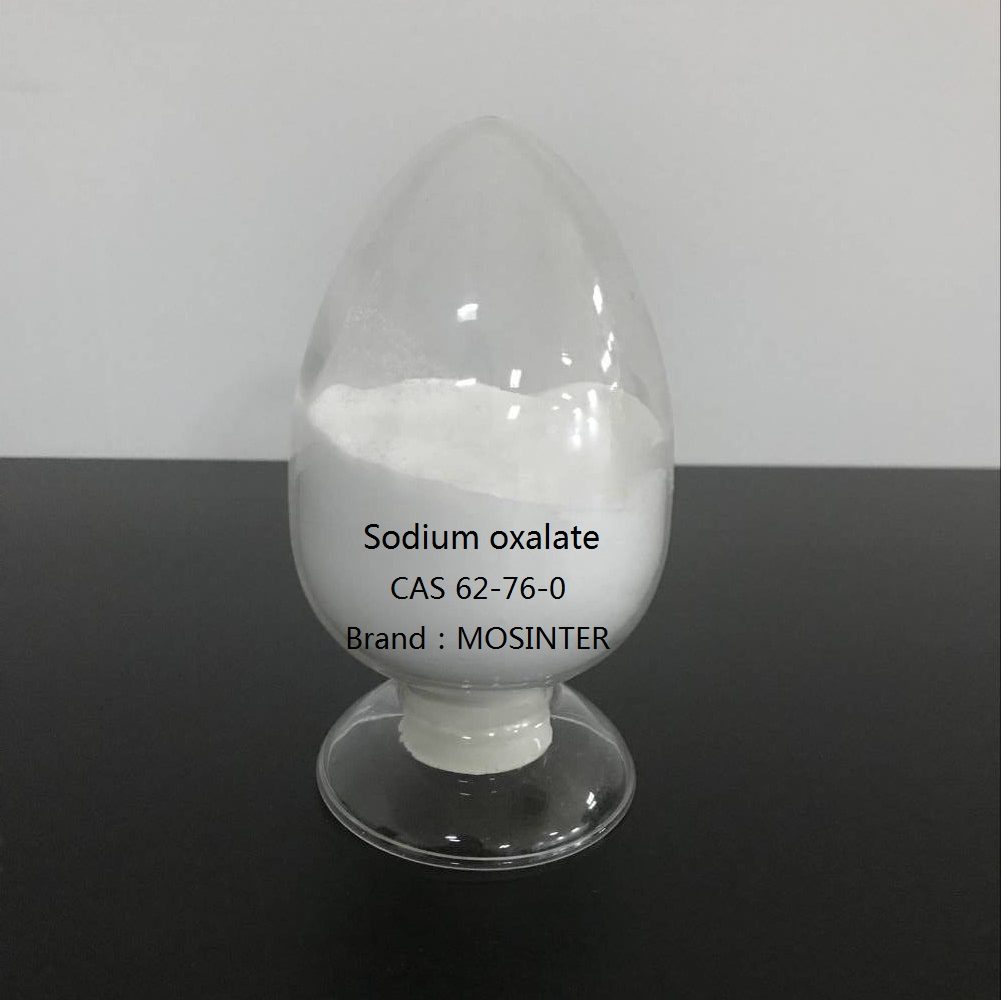
Reviews
There are no reviews yet.